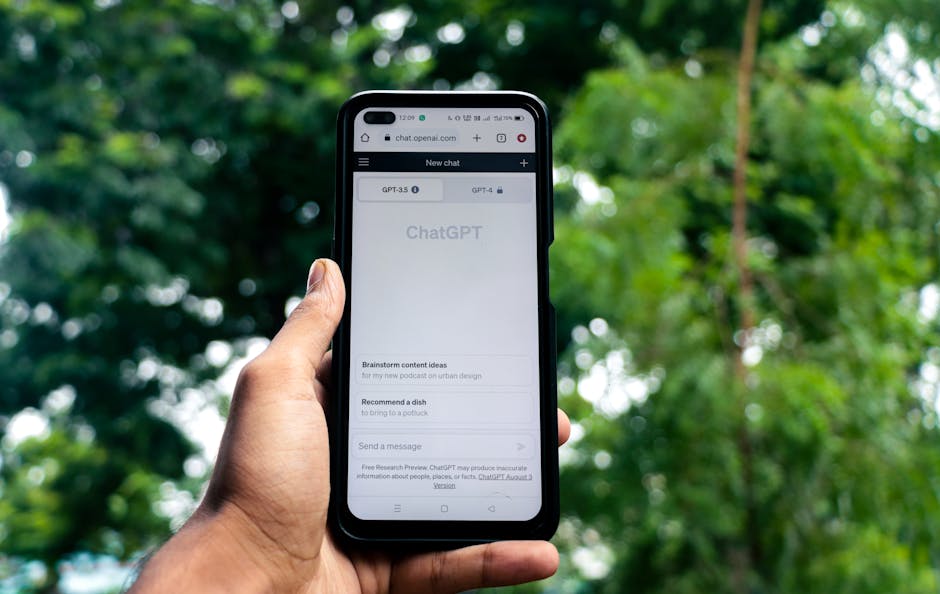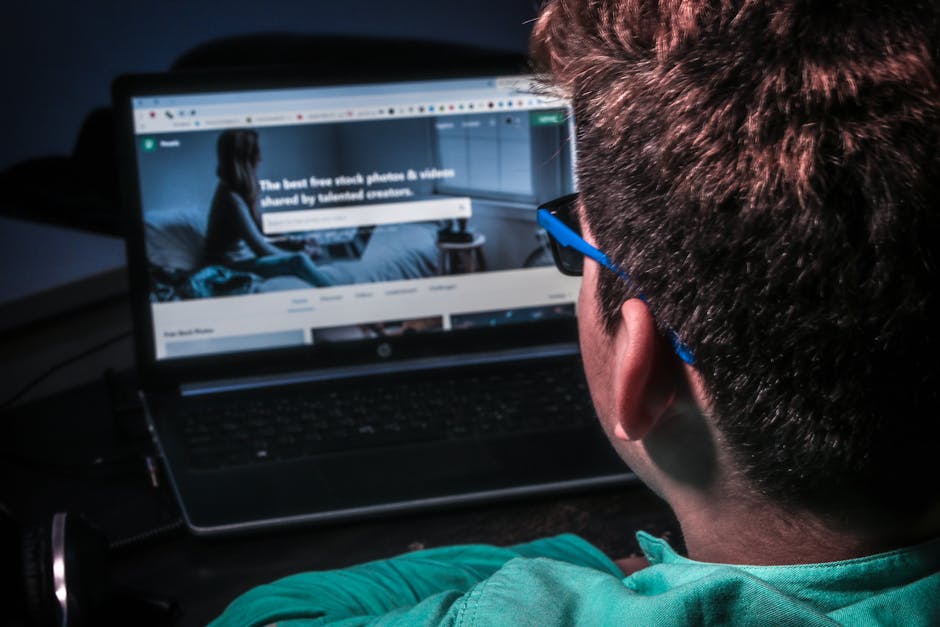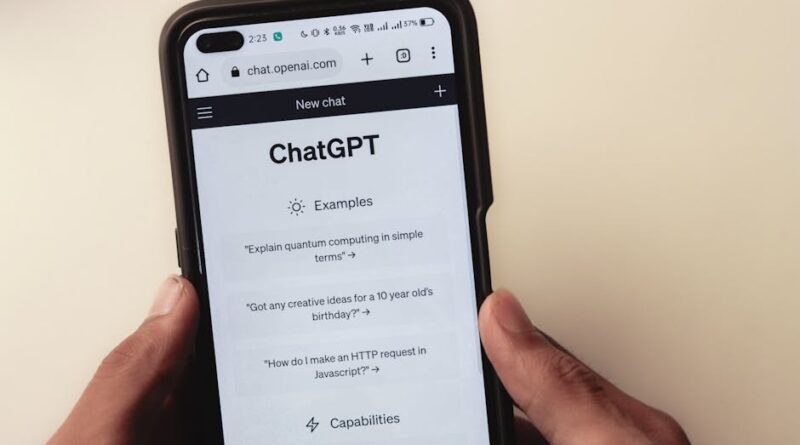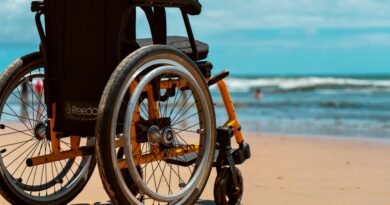Web Accessibility: Tips for Non-Profit Websites
Did you know that approximately 1 in 5 Americans has a disability? This means millions of people rely on websites that cater to their needs. For non-profit organizations, making your site accessible is not just a good idea; it’s essential. Heres how you can create a website that welcomes everyone.
What is Web Accessibility?

Web accessibility means making your website usable for all people, including those with disabilities. This includes visual, auditory, physical, and cognitive challenges. Think about it like this: if a person using a screen reader can’t navigate your site, they miss out on important information and resources. Let’s explore how to avoid that.
Why is Web Accessibility Important for Non-Profits?

Non-profits aim to serve their communities. If your website is not accessible, you’re excluding a significant part of the population. Here are a few reasons why web accessibility matters:
- Reach More People: An accessible site opens your resources to more users.
- Enhance User Experience: Everyone benefits from a clear and easy-to-navigate site.
- Legal Compliance: Many laws require web accessibility, reducing legal risks.
Now that we understand the importance let’s look at practical tips for enhancing your site.
How Can You Make Your Non-Profit Website Accessible?

Here are key strategies to ensure your site is accessible to all users:
1. Use Clear and Descriptive Text
Every word counts! Use simple language and clear headings. This helps users find information quickly. For example, instead of Services, use What We Offer. This clarity allows everyone to understand your message.
2. Provide Text Alternatives for Images
Images are great, but not everyone can see them. Always add alt text to images. Alt text describes the image, helping screen readers convey the same message to visually impaired users. For instance, instead of just saying A dog, you might say A happy golden retriever playing in the park.
3. Use Color Wisely
Colorblind users struggle with certain color combinations. Make sure your website has high contrast between text and background. For example, black text on a white background is easy to read. Avoid using color alone to convey information; supplement it with text or symbols.
4. Ensure Keyboard Navigation
Not everyone can use a mouse. Design your site so that users can navigate using the keyboard alone. This is often done by ensuring links and buttons can be accessed using the Tab key. Test this by trying to navigate your site without a mouse.
5. Provide Captions and Transcripts
If you have videos or audio recordings, include captions and transcripts. This supports users who are deaf or hard of hearing. It also benefits those who may not be able to listen at that moment.
Are There Tools to Help with Accessibility?

Yes! There are several tools you can use to check your website’s accessibility:
- WAVE: This tool highlights accessibility issues on your site.
- AXE: A browser extension that scans for common accessibility problems.
- Screen Readers: Tools like JAWS or NVDA let you experience your site as a visually impaired user would.
These tools can guide you in making necessary adjustments. Remember, testing your site regularly is crucial!
What Common Myths About Web Accessibility Should You Know?
Accessibility can be misunderstood. Here are some common myths debunked:
- Myth 1: Accessibility is only for people with disabilities.
- Myth 2: Making a site accessible is too expensive.
- Myth 3: Accessibility means sacrificing design.
In reality, accessibility benefits everyone. It enhances user experience, often making sites faster and easier to navigate.
How Can You Maintain Accessibility Over Time?
Creating an accessible website is just the beginning. To keep your site accessible:
- Regular Training: Educate your team about accessibility best practices.
- Continuous Testing: Use accessibility tools regularly to catch new issues.
- User Feedback: Encourage users to report accessibility concerns.
What are the Legal Implications of Accessibility?
In the U.S., the Americans with Disabilities Act (ADA) requires businesses to provide equal access to their services. Non-compliance can lead to lawsuits. The legal landscape around website accessibility is evolving. it’s wise to stay informed about current laws and best practices.
Can You Design an Accessible Site on a Budget?
Absolutely! You don’t need a big budget to make your site accessible. Here are some budget-friendly tips:
- Use Free Tools: Many accessibility tools offer free versions.
- Choose Accessible Templates: If you’re using a website builder, find templates that prioritize accessibility.
- Learn and Apply: Utilize online resources to learn about accessibility improvements.
What Are the Next Steps for Your Non-Profit?
Now that you have valuable tips, it’s time to take action:
- Assess Your Current Site: Use tools to identify areas for improvement.
- Implement Changes: Start with the most critical issues.
- Educate Your Team: Share these tips with your staff and volunteers.
Remember, creating an accessible website is a journey. Each step you take makes a difference.
In Conclusion
Web accessibility is vital for non-profits aiming to serve their communities fully. By following these tips, you can create an inclusive website that welcomes everyone. Not only will your organization stand out, but you’ll also make a positive impact on countless lives.
For more resources on web accessibility, visit the W3C Web Accessibility Initiative.
Lets create a world where everyone has access to the information and support they need!



